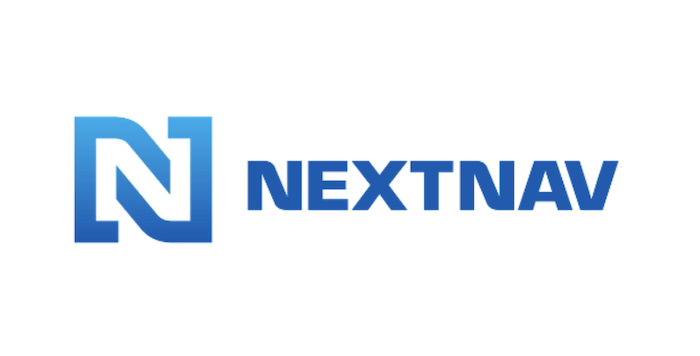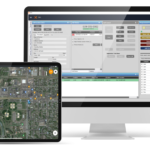When responding to a wireless 911 call, knowing the location of that call is everything.
But without z-axis or vertical location, pinpointing exactly where the caller is in a multistory building can be challenging, wasting valuable time. Companies like NextNav are helping wireless providers implement vertical location into 911 calls, a requirement recently put in place by the FCC, to provide precise 3D location services and ultimately faster response times.
“Every minute of delay leads to a worse outcome, whether to the person in need or the first responder,” NextNav VP of Business Development Dan Hight said. “We did some research with the city of San Francisco with two different fire teams, one that had z-axis location and one that didn’t. The one that did got to the locations 87% faster than the one that didn’t. It’s only logical. If I know the altitude of where you are, I can isolate you. I know I need to go to the 12th floor and not spend time searching the other 11 floors.”
To help move this critical technology forward, NextNav is working with a variety of partners, most recently joining forces with text messaging service company Convey911 and VPN provider RadioIP.
The partnerships
Through Convey911, emergency personnel can text callers in more than 135 languages, Hight said. This makes it possible to communicate with people in their language without having to staff up every dispatch center, and to do so in the way that’s most comfortable for them. With the new partnership, emergency personnel can now obtain the caller’s precise location and elevation level, making them easier to find. This also can be used for non-emergency services like 311.
Security is, of course, critical for first responders, which is why NextNav is working with RadioIP. Through the Pinnacle network, RadioIP can now provide a secure and location-intelligent network node for precise tracking without the screen presence of a mobile app. This allows for a secure channel of encrypted communication for first responders and security agencies when they need to identify vertical location of personnel—without risking the information getting into the wrong hands.
“Understanding vertical location is just as important as the horizontal position,” Hight said. “If an officer is on the 13th floor executing a drug bust, we need to know that so if there’s trouble we can get there faster, but the message conveying that information must be encrypted and secure.”
The network
NextNav’s Pinnacle network that provides vertical location capabilities is now in 105 markets, covering more than 4,400 cities in the U.S. and 90% of three story buildings. NextNav recently launched the commercial service in Japan and will continue to roll it out across the country through 2024. The network was originally built for public safety and first responders, but other applications are starting to emerge as well, including asset tracking.
How does Pinnacle provide that all-important vertical location? NextNav’s purpose built reference network leverages the barometric sensors in phones and tablets to determine floor-level altitude measurements.
“If we know the location of the device and barometric pressure from the device,” Hight said, “we can determine what the altitude is because our altitude station experiences that same pressure, which is changing constantly.”
What’s next
NextNav is working to overcome various challenges with the technology and plans to provide better visual context to what it means to be, for example, 100 feet off the ground, Hight said. There’s also no single database or standard for buildings, another challenge to leveraging the technology. Some might have a mezzanine level that throws off the count for the rest of the floors, making understanding the number of floors in a building and the way they’re labeled critical to pinpointing exact location. Improving the reliability of GPS indoors is another challenge to overcome.
NextNav will continue to work to provide better context with visualization clues to help first responders get to callers faster, Hight said, and to improve x and y indoor positioning. Through its recent acquisition of IoT firm Nestwave, NextNav has taken another step toward meeting those goals, and can now combine its highly synchronized TerraPoiNT GPS backup system with Nestwave’s existing terrestrial LTE/5G signals to create near nationwide resilient PNT capabilities. This lowers deployment costs by an estimated 75%, or more than $250 million, and will allow the company to scale sooner.
“There’s no back up for GPS. If it goes out our maps don’t work, but what’s worse is our financial services go down and our power grids go down. It becomes cataclysmic to the economy,” Hight said. “Having resiliency is not just important for first responders, but for the entirety of the U.S.”






